What should you do if you’re in charge of divvying up a parent’s estate that includes tangible property with no living trust?
The Minneapolis Tribune wrote an article called “A Clever Way to Divvy Up Items After a Parent’s Death.” It explains that some families handle item division after a parent’s death by taking turns selecting.
This article highlighted how a family recently divided up their mother’s grand estate and the process of doing so. Their method can be adopted by other families with smaller estates.
The brother and sister were co-executors of their mother’s estate after her death at 93. They created an inventory of 724 items with monetary or sentimental value. These items included family heirlooms such as furniture, artwork, oriental rugs, cutlery, and china. Jewelry, books, linen, and collectible coins were excluded.
The four siblings agreed to sell the coins. They also decided to deal with books, linens, and jewelry more informally. This was after the more significant items had been distributed.
The family had more than 700 items. So, they didn’t use the usual method of dividing the estate items such as family members taking turns selecting items. They felt that system wouldn’t maximize the value received by the four children and seven grandchildren.
Estate Planning Steps Used to Divide A Parents Property
- The inventory was given to all four siblings and asked each one to state the items that they were interested in. The 724 items were divided into three groups: contained items which no one had an interest in, items in which only one person was interested, and items in which two or more people were interested in. No one was interested in certain items, so they were set aside to be sold or given away.
- They then made lists of items in which more than one sibling expressed an interest. Each received a list of those items. They were not given information on ones in which they weren’t interested—one of two ways the system wasn’t transparent.
- Each person was then “given” 500 virtual poker chips that he or she could use to bid for contested items. However, prior to the bidding deadline, they could talk with one another about their intentions. Many people bid for multiple similar items such as family pictures, bookcases, and oriental rugs. They only intended to buy one from each category. Thus, they agreed among themselves who would receive each one, without wasting too many chips.
- The co-executors announced the results after the bids were in. They did not reveal the bids to prevent a silent auction. In this type of auction, bidders can view others’ bids and adjust their own up to the deadline. This was the second part of the system that wasn’t transparent.
- The co-executors determined the allocations of all items. They calculated the monetary value of tangible assets. They re-calculated the estate monetary distributions. This ensured that everyone had equal financial outcome. The most valuable items were: – A 1919 Steinway drawing room grand piano valued at $25,000 – A 2005 Toyota Camry valued at $4,500 – Some oriental rugs with a total value of $13,975. Those who got the big-ticket items had to pay their siblings something for them, with a total of $17,500 trading hands.
Though this process was long, tedious, and took several months, the siblings believed their system was fair. Unlike many family estates, their process helped to reduce tensions and strengthened their bond. Consider the methods they used when dividing up your parents estate.

Reference: Minneapolis Tribune (Feb. 25, 2020) “A clever way to divvy up items after a parent’s death”
Suggested Key Terms: Estate Planning Lawyer, Inheritance, Asset Protection, Estate Distribution





